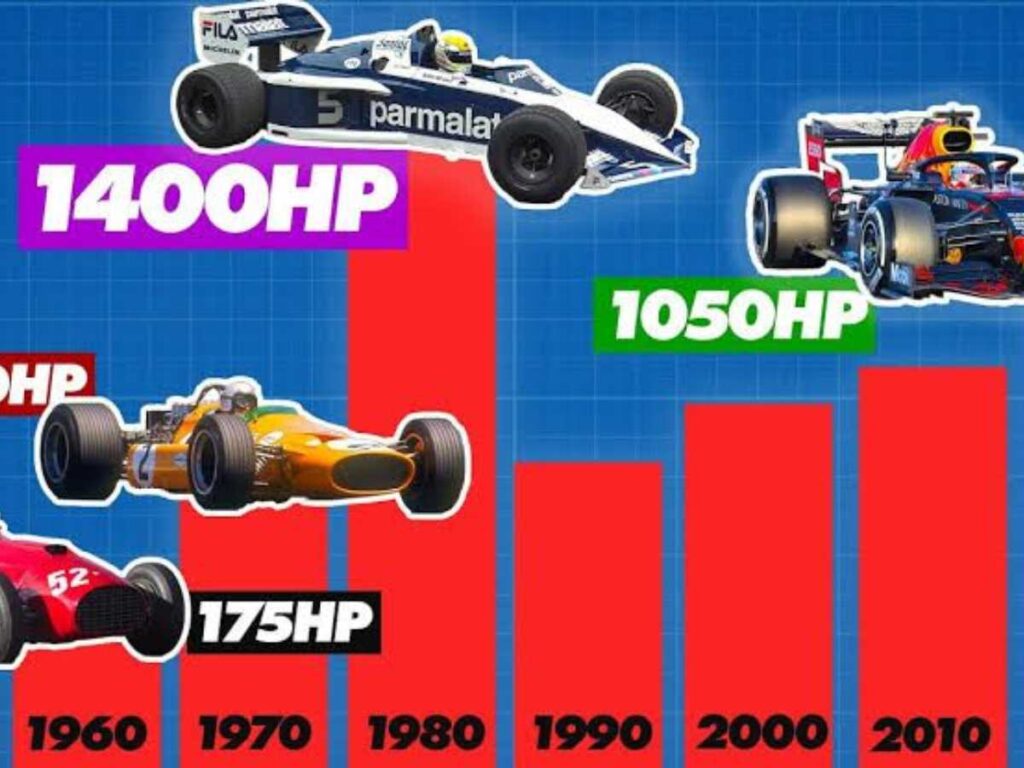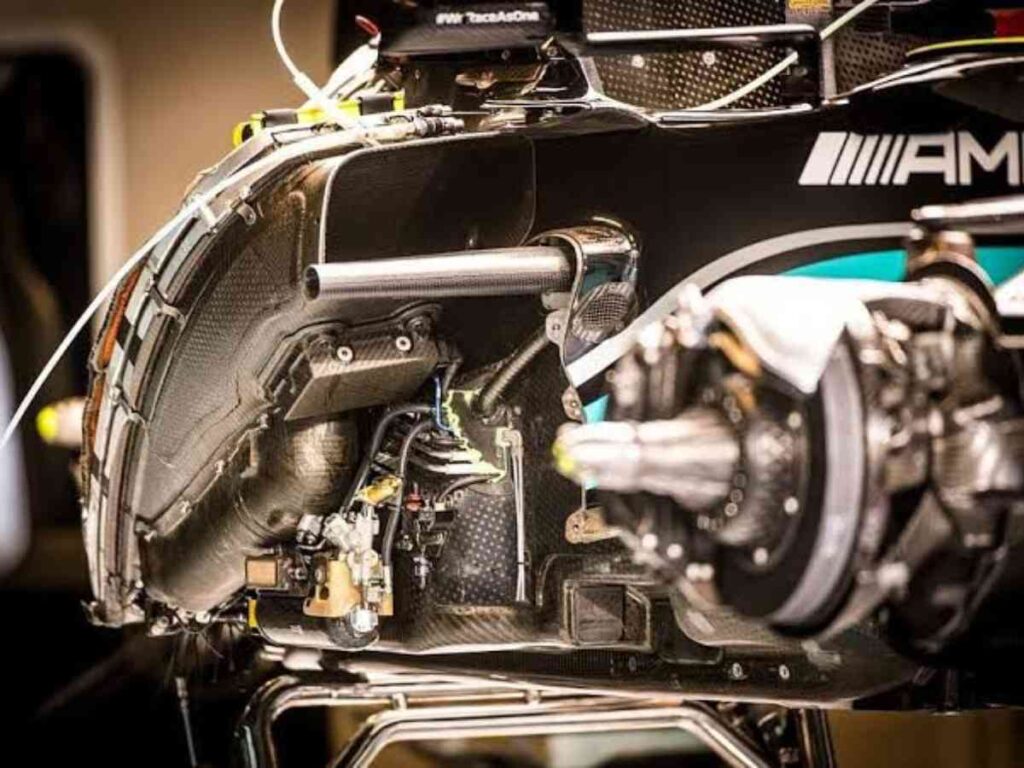What are Formula One’s current power unit engine rules for 2023?
The F1 power units are among the most efficient and reliable vehicle engines in the world.

Mercedes engine, Image via Motorsports.com
🔍 Explore this post with:
Formula One has used various types of engines over the year. The F1 power units are designed to deliver efficient performance. Teams use hybrid power units, which are among the best in the world. It increases the power output of the car while reducing carbon emissions.
Every Formula One car is equipped with a 1.6-liter V6 engine that is magnified with a dual heat and kinetic energy recovery system. These are turbo-charged. The power unit engine rules for the 2023 season will remain the same till 2025. The current engines result from years of R&D, which yielded technological advancements in Formula One.
The 2022 season saw a new era of cars with new rules and regulations in place. The next major change will be in 2026, with a series of new rules. Article five of the Formula One technical regulations are about the power unit. From its definition to engine specification, everything is detailed.
FIA defines a power unit as “The internal combustion engine and turbocharger, complete with its ancillaries, any energy recovery system and all actuation systems and PU-Control electronics necessary to make them function at all times”. As years have passed, the engines have become more effective than ever and now produce remarkable results.
Related: What is DRS in F1 and how does it work during races?
Formula One engines have evolved over the years

All the cars on the grid must abide by the rules put forth by the FIA. In 2014, the rules were changed to reduce the engine to 1.6 V6 from 2.4 V8. The engines can be differentiated by the sound it produces. The teams build their hybrid power units to extract the maximum output and fuel efficiency from the car. An optimal power unit with fuel efficiency determines the team’s competitive level in the grid while racing.
Mercedes and Ferrari are engine manufacturer teams. They also supply them to the other teams on the grid, such as Aston Martin, and Williams. Red Bull has recently joined the party with the Red Bull Powertrains. They share technological expertise with their sister team Alpha Tauri. These engines are among the fastest in the world and produce over 1000 brake horsepower. The huge amount of output these units produce is necessary for the cars to race at high speed.
F1 Engine regulations and penalties

Formula One is strict with its technical rules and regulations. It is compulsory for the teams to follow this, if not, they will have severe repercussions. The manufacturers are not allowed to add any parts to the car according to their convenience. The teams must use the parts for a certain amount of time.
The ICE is Internal Combustible Engine, the drivers are allowed to use three of these throughout the season. There are also allowed to use three TC (Turbochargers), three MGU-H (Motor Generator Units Heat), and three MGU-K ( Motor Generator Units – Kinetic). They are allowed to use two ES (Energy Stores) and two CE ( Control Electronics).
The teams are allowed to use more than the number of components allotted to them, but it costs their front raw pole position. For example, Charles Leclerc has used up his three TC and needs a new one, he will be allowed to take a fourth component but will have to serve a ten-place grid penalty. During the season, several drivers take new parts and serve a penalty.
2022 Engine Freeze and Sustainability

The 2022 season saw the implementation of “Engine Freeze”. This means the teams are required to submit a final design of the units, the process is known as homologation. The current designs would not be allowed to make changes in terms of development. However, according to the rules, they can make changes for safety concerns or reliability. There is a catch, though, if a team wants to make changes, they must get the FIA’s approval and provide evidence that their current unit has issues.
The FIA will then share this with the other power unit manufacturers. Only when everyone collectively agrees, they will be allowed to make changes. In 2026 the power units are set to change. They will be different from the current engines, and it will require a lot of effort to develop them.
Sustainability is a significant topic in Formula one. Times have changed, and the sport wants to reduce carbon emissions. They have several projects in place and hope to attain their goal of Net Zero Carbon by 2030. This ambitious plan is a part of their sustainability strategy. Formula One is serious about this, it can be seen with their partnership deals, whether it is the Gulf Air partnership or the Tottenham Hotspur deal, they make sure the commitment involves sustainability.
In case you missed it:







